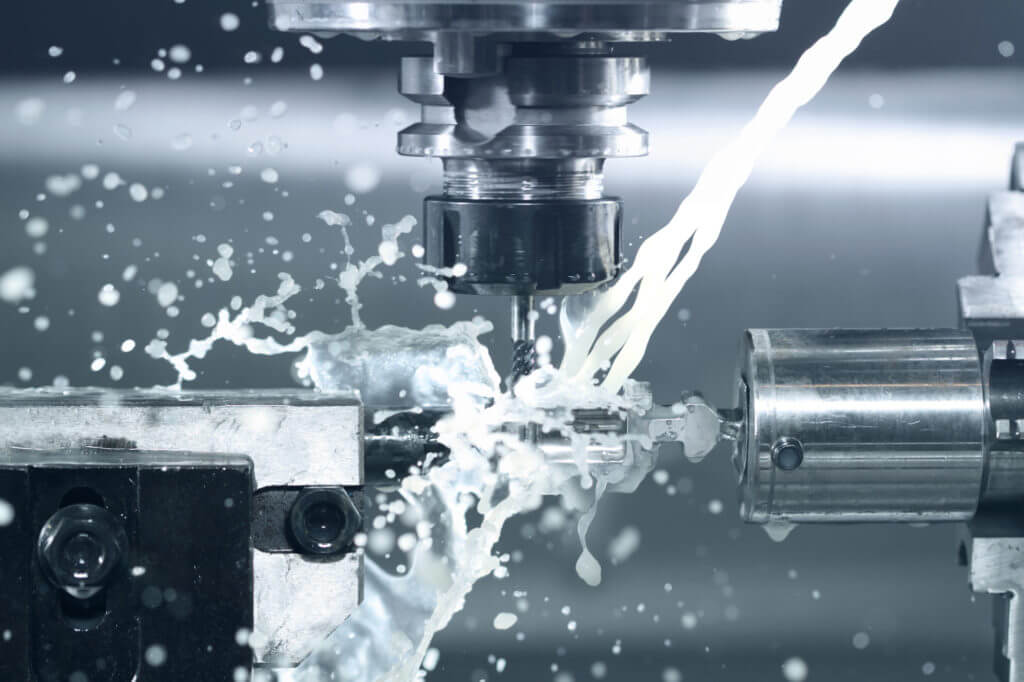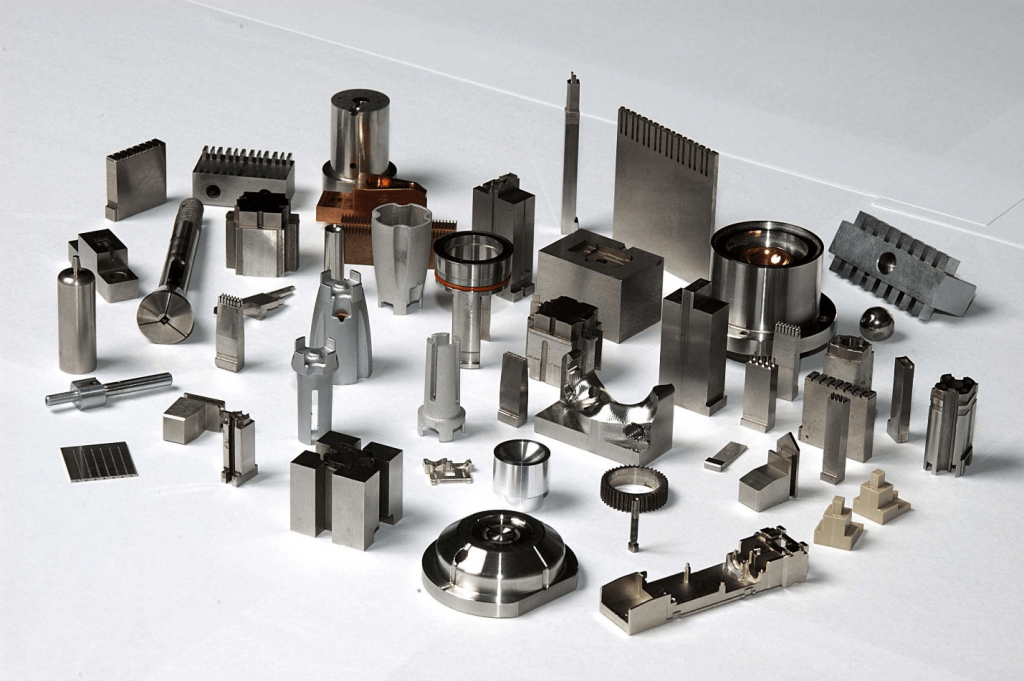Was ist ein schneller Prototyp für CNC-Teile: (CNC Machining Guide 2020)
Was ist ein schneller Prototyp für : (CNC Machining Guide 2020?)

Was ist ein schneller Prototyp für CNC-Teile?
Ein schneller schneller Prototyp für ist der erste Schritt zur Validierung der Leistungsfähigkeit eines Produkts. Dies ist der direkteste und effektivste Weg, um Fehler, Mängel und Mängel in Designprodukten zu identifizieren und so Fehler gezielt zu verbessern, bis sie einen Fehler in den Produkten finden.
Rapid Prototyping ist eine spezielle Technik zur Herstellung hochwertiger physikalischer Modelle. Der Prototyp ist sehr nützlich für die Verbesserung des Produktdesigns, da er für vollständige Produktions- oder technische Tests verwendet werden kann. Das Ziel des Rapid Prototyping ist schnell und kostengünstig, ohne in Metallformen zu investieren.
Heutzutage boomt Rapid Prototyping in der Branche und es ist nicht weniger, es spart Tausende von Dollar bei Konstruktionsfehlern oder Tests von Endteilen und ist nicht so teuer, wie Unternehmen denken.
CNC-Rapid-Prototyp
Mit Hilfe von schneller Prototyp für , computergestützter numerischer Steuerung, werden Werkzeugmaschinen in einem Unternehmen elektronisch gesteuert. Dies ist eine enorme Erleichterung für die Branche, da weniger Personal benötigt wird. Ebenso werden Fehler minimiert und Zeit gespart.
CNC production is related to rapid prototyping as follows: If larger models are required as a prototype, CNC machines are used for this, as these are equipped with the advantages mentioned. At the end you get a CNC-Rapid-Prototyp. This is extremely important for the later series production, as readjustments are still possible.
The advantages of the cnc parts rapid prototype
More and more companies that want to produce in large numbers are turning to 3D printing. The positive aspects of this are obvious:
- The process is extremely quick and saves an enormous amount of time.
- Using the finished schneller Prototyp für, you can later see exactly where possible defects exist. These are eradicated before a whole range of these products hit the market.
- The models, which were produced by CNC milling with the aid of the 3D printer, are particularly impressive. It is due to their very good surface and their ability to implement even very filigree pieces with a perfect fit.
In addition to the CNC rapid prototype, there are other, different areas of application for rapid prototyping:
- The so-called Rapid Tooling helps companies to implement tool pieces quickly
- With rapid manufacturing, components are created using an informal manufacturing process, directly from the CAD data.
CNC milling is one of the rapid prototyping processes in which CAD data is converted fully automatically into workpieces made from original materials. The models produced on portal milling machines are suitable as a pre-series for subsequent injection molding series production and as true-to-original demonstration and exhibition models.
Why cnc parts rapid prototype?
- short lead times
- Suitability for the production of complex models and components from original materials
- precise results through fully automated production
- Cost advantages through tool-free production
- wide range of usable materials
- high surface quality of the produced parts
Rapid prototyping with CNC
Der schneller Prototyp für is one of rapid prototyping technologies that take years to exist. It is a traditional technology that consists of removing material from an initial block of the part material (usually metal) to obtain the desired shape.
Parts can be machined in weeks and that is why we have included it in this list. But it is not as flexible a technology or with the urgent delivery times. These are usually obtained with 3D printing or laser cutting.
CNC is sometimes the only option when you want metal parts (metal 3D printing is costly for most parts). But it has the downside that it is usually more expensive than 3D printing unless Try long production runs.
Cnc parts rapid prototype allows you to scale the volumes of a product from one to a hundred thousand without investing in equipment. It’s cheap, has a fast turnaround time. Moreover, it offers many different materials you can work with. Furthermore, it is accurate enough for repeatable production.

There are many ways to optimize and improve a design to get better results at the lowest cost. Here are five things you should definitely consider for your next CNC project.
Cnc parts rapid prototype Specify only critical tolerances as needed
Where possible, specify only critical tolerances when absolutely necessary for your design. For example, when specifying a radius on a 2D or 3D drawing, it is best to do so on functions that perform a critical function for that part.
By limiting the number of critical dimensions, it allows the CNC machinist more freedom in creating the part. And avoids costly setups and measurements for non-critical areas.
Don’t go too small in cnc parts rapid prototype
Follow the standard on inside corners
Another good design tip to keep in mind when schneller Prototyp für has a standard radius of 3mm or greater for internal corners. Because milling small internal radii is time-consuming, expensive and requires special settings.
A ball nose end mill is often used when milling 3D shapes and radii. As with the swivel inserts, these rounded profiles create corner radii in their size and shape. It is impractical to make a smaller radius because the milling is done at right angles to a vertical face.
Therefore, it is difficult to mill small radii on internal corners without the use of very small cutters. And if you do, the CNC mill will run much slower.
Know your surface area before you go for cnc rapid prototyping
It is important to keep in mind that a small, precise cutter must be introduced into the workpiece at a significantly slower speed to avoid destroying the workpiece. Machining a certain surface area requires the cutter to perform multiple passes. Each time removing small amounts of material which can increase delivery times.
Conclusion
If you have decided to use CNC machining to make schneller Prototyp für or die casting tool, many of these same design rules may apply. It is best to keep the corner radii large, not only to facilitate tool production, but also to improve the quality of the resulting molded part.
Likewise, keeping critical dimensions to a minimum will speed up tool making and be more forgiving of the expansion and contraction that occurs when these tools are heated and cooled during manufacturing.



